boladore
Newbie level 3

What is the "integration line"? (HFSS results included, WR-90 from HFSS tutorial)
Good day, everyone.
Before getting down to business, I beg your pardon for my poor English.
I have been studying "Microwave engineering by Pozar" by myself (self-independent study).
Please regard me as a newbie.(But I have a mathematical background required for studying this book)
So, what is the "integration line" exactly? I have been studying the "rectangular waveguide" and to visualize the EM fields, I did HFSS simulation following WR-90 tutorial from Ansoft.
but there's no exact information about integration line except "Draw the integration line as you wish"
I attached my HFSS results with those from tutorial to be compared
Regards.
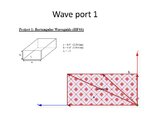
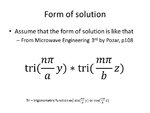
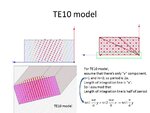
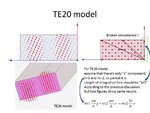
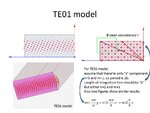
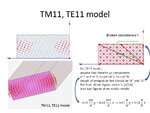
Good day, everyone.
Before getting down to business, I beg your pardon for my poor English.
I have been studying "Microwave engineering by Pozar" by myself (self-independent study).
Please regard me as a newbie.(But I have a mathematical background required for studying this book)
So, what is the "integration line" exactly? I have been studying the "rectangular waveguide" and to visualize the EM fields, I did HFSS simulation following WR-90 tutorial from Ansoft.
but there's no exact information about integration line except "Draw the integration line as you wish"
I attached my HFSS results with those from tutorial to be compared
Regards.







